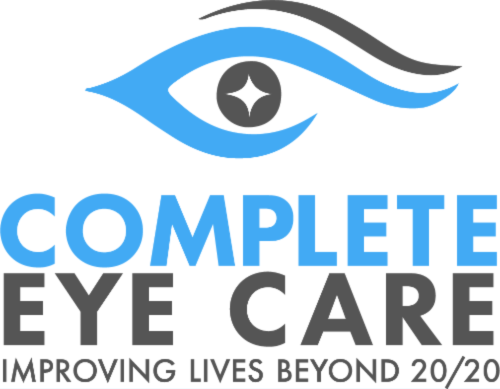
If you have a damaged cornea, either due to injury, illness or some other cause, a corneal transplant may help you see clearly again by replacing your original cornea with healthy corneal tissue from an organ donor.
Leading causes of significant corneal damage include:
- Keratoconus
- Corneal scarring from disease or injury
- Complications after procedures such as LASIK
- Corneal ulcers
A corneal transplant can involve replacing part or all of the cornea with healthy tissue. Some transplants require stitches, while others don’t. Depending on the type of transplant, stitches can stay in as little as one month, and as long as a few years. No matter the type of transplant, you’ll wear a protective patch over your eye for up to 4 days after the procedure. Our Belmont eye doctors will speak to you about which medications you should be taking and how best to take care of your eye after surgery.
How Does A Corneal Transplant Impact My Vision?
The average patient will take as long as a year to fully recover from corneal transplant surgery, though some cases may take longer. Don’t worry if your vision seems to get worse before it gets better in the first few months after surgery. This isn’t uncommon, and shouldn’t be taken as a sign that the surgery has failed. The eye sometimes takes time to adjust to the new cornea, causing blurry or unstable vision. This should improve over time.
You may also notice that you’re now more nearsighted or have astigmatism after your corneal transplant. This happens because the new cornea may be shaped differently than your original one. Fortunately, this can be fixed with conventional vision correction solutions, such as glasses or rigid gas-permeable (RGP) contacts. Scleral contact lenses, however, are the leading choice among our Belmont eye care team.
The Advantages of Scleral Lenses After a Corneal Transplant
Once you adapt to them, scleral lenses tend to be more comfortable than other types of lenses due to their larger diameter. They also offer clearer, more stable vision. Scleral contact lenses pass completely over the cornea, resting instead on the white part of the eye, known as the sclera. This helps to avoid any issues with discomfort, visual clarity, and stability that may be caused by uneven corneal tissue after a transplant.
Scleral lenses also support the eyes’ natural ability to heal themselves, thanks to the reservoir of soothing fluid that sits between the cornea and the back of the lens. This keeps the eyes well-hydrated so that they can recover more quickly and completely.
Want to know more about vision and recovery after corneal transplant surgery? Come visit our Belmont eye care office, or give us a call at 704-825-9002 today.
